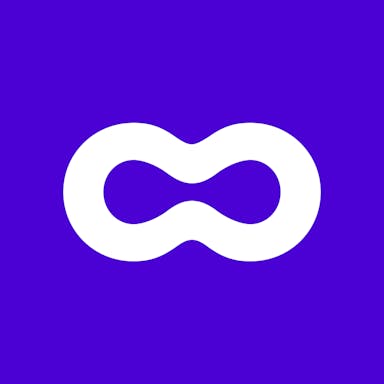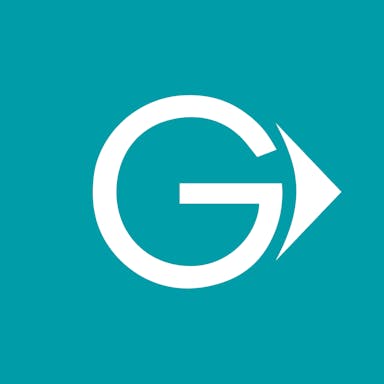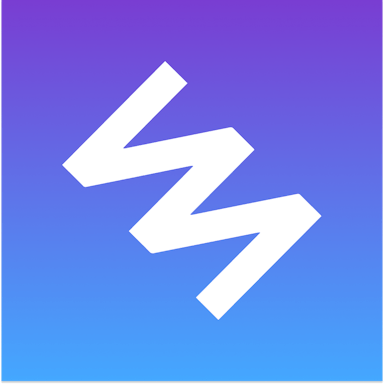Thesis
The internet has proved transformative in the first decades of the 21st century, changing how many aspects of the economy work. However, the education system in the US is one area where digitization has failed to keep pace. It has remained largely unchanged compared to the world before the advent of the internet. This stagnation is reflected in education outcomes. Only 1 in 3 Americans thought that K-12 education was heading in the right direction in 2022. Meanwhile, teachers’ salaries are flat. Public schools are underfunded, especially those serving low-income students. In addition, there are large inequalities in funding by state, with high-poverty districts receiving less money per student than their low-poverty counterparts.
The COVID-19 pandemic accelerated the growth of K-12 digital learning as schools were forced to shut down, and students had to stay home to continue their education. This has led to an unprecedented surge in demand for digital learning tools and online educational resources, enabling schools to safely deliver remote education to students. The number of alternative online learning platform users is expected to reach 57 million by 2027. 73% of students in the USA want to continue taking online classes after the pandemic.
Outschool is building a tech-enabled K-12 education product intended to tackle the stagnation of US education. Outschool provides a marketplace of live online classes for kids aged 3-18. Unlike traditional schooling, Outschool classes allow kids to explore their interests in depth via interactive, live video lessons provided by experienced, independent educators. With Outschool, parents can easily browse the course catalog and book classes with just a few clicks, while students can learn at their own pace and with the guidance of qualified instructors.
Founding Story
Outschool was founded in 2015 by Amir Nathoo (CEO), Mikhail Seregine, and Nick Grandy (Head of Product). Prior to co-founding Outschool, Seregine had worked in product management and engineering at companies like Amazon and Google. Grandy had been a software engineer at Airbnb and had previously founded a YC-funded startup.
Nathoo, raised outside London, held a passion for education from a young age. His father, of Indian descent from Kenya, was a high school physics teacher. His mother, from the Czech Republic, taught math. After receiving a master's from Cambridge in information sciences, Nathoo was employed at IBM before founding a startup called Trigger.io which was a mobile development platform. Trigger.io was acquired in 2013 by Square, where Nathoo spent the subsequent 15 months working as a product manager and founding a new product line called Square Payroll.
After leaving Square in 2015, Nathoo co-founded Outschool. With this new startup, Nathoo wanted to create a model outside the traditional education system. He discovered the learner-directed style of education through a friend in San Francisco who had been homeschooling her kids. He recognized that one benefit of homeschooling was that families customized and curated their kids' learning with more freedom and could connect socially with teachers and other students.
Nathoo believed this to be the future of education, and decided to create a product to serve the audience of people looking for alternatives to the stagnant and rigid US education system and grow a business around it. His goal was to make the ideas of learner-directed education more widely accepted, and said that he was “confident that once parents experienced the outcomes of this model in after-school and weekend activities, it would bring about a major shift in how kids learn.”
Product
Course Selection
Outschool offers a range of courses on diverse subjects, including math, science, coding, writing, art, music, and more. Parents can explore the platform’s course catalog for their kids and use filters based on the subject, age, class duration, and teacher to find the best fit for their child’s needs. Outschool’s course selection is curated to meet children's varied learning styles.

Source: Smart Kid Mag
Class Booking
With Outschool’s booking system, parents can enroll their child in classes according to what works best with their schedule. Whether they want to book a single class or several in advance, parents can choose the date and time that works best for them. The booking process is straightforward, and parents receive reminders before each class.
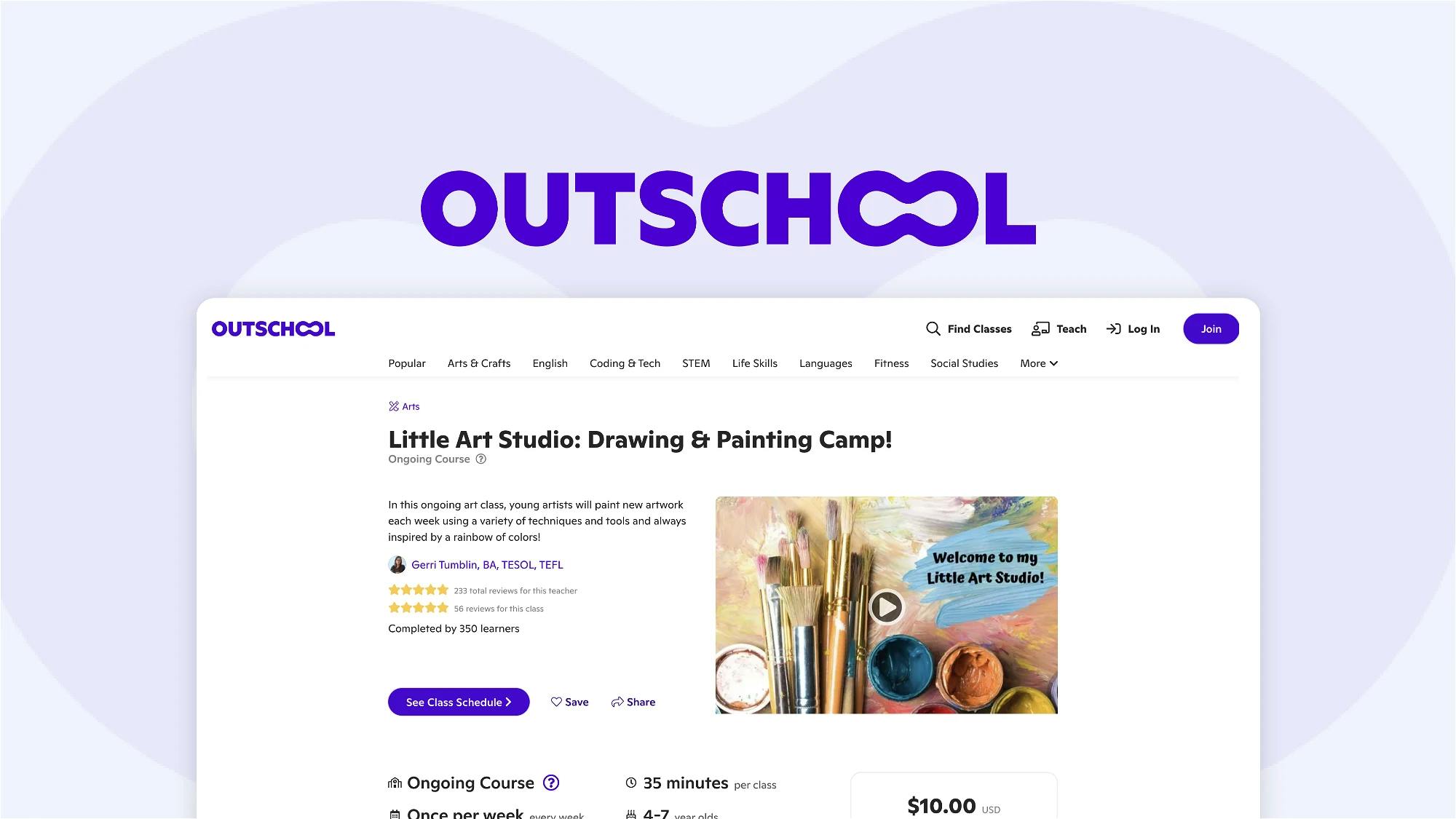
Source: App Sumo
Class Attendance
Outschool’s virtual classroom is designed to facilitate a live and interactive learning experience. Using Zoom, students can communicate via live audio and video with their instructor and peers. The virtual classroom has a whiteboard, chat room, and other interactive tools that help teachers deliver engaging activities and lessons.
Class Completion
After each class, students can access recordings and learning resources on the Outschool platform. Instructors can also provide feedback and comments on students’ progress to help them to understand their performance better. In addition, this feedback can be seen by parents, allowing them to track their child’s progress and see their growth and learning take place over time.
Progress Tracking
Outschool’s progress tracking and reporting tools help parents monitor their child’s progress and see their performance metrics. Parents can access reports that show their child’s attendance, participation rate, and engagement levels for each course. This data provides insights into a child’s learning style and helps parents make informed decisions about their education.
Teacher reviews
Outschool encourages parents and students to leave reviews and feedback on the instructor’s performance after each class. These reviews help students and parents find high-quality courses and instructors on the platform. Outschool is committed to providing students with the best learning experience, and teacher reviews are a vital tool in achieving this goal.
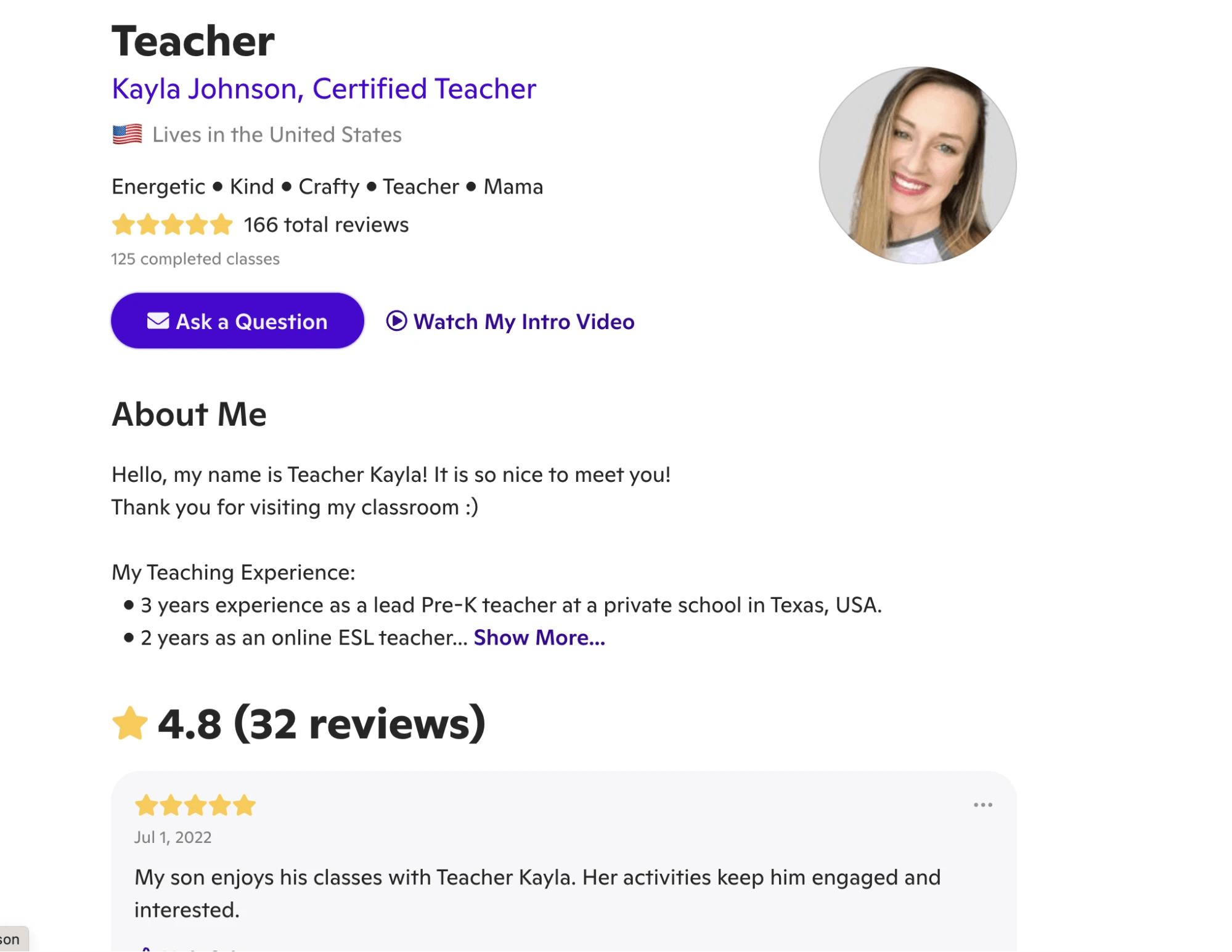
Source: App Sumo
Teachers
For teachers, Outschool offers a platform to organize, promote, and deliver online classes. Teachers can design curriculum and set their own schedules. It's free for teachers to list classes on Outschool, but Outschool takes a 30% fee from enrollments. Teachers have full control over the listed price for a class and the number of participants, and payment is made to them via PayPal after the class starts.
No minimum or maximum hours are required to become eligible to teach on the Outschool platform Outschool does not require formal credentials. During the application and approval process, teachers need to share their experience and submit a short recording of teaching a sample class. Teachers must also undergo a background check, identity verification, and review modules on the Outschool platform about protecting learner privacy. However, teachers must be residents of the US, Canada, Australia, New Zealand, or the United Kingdom.
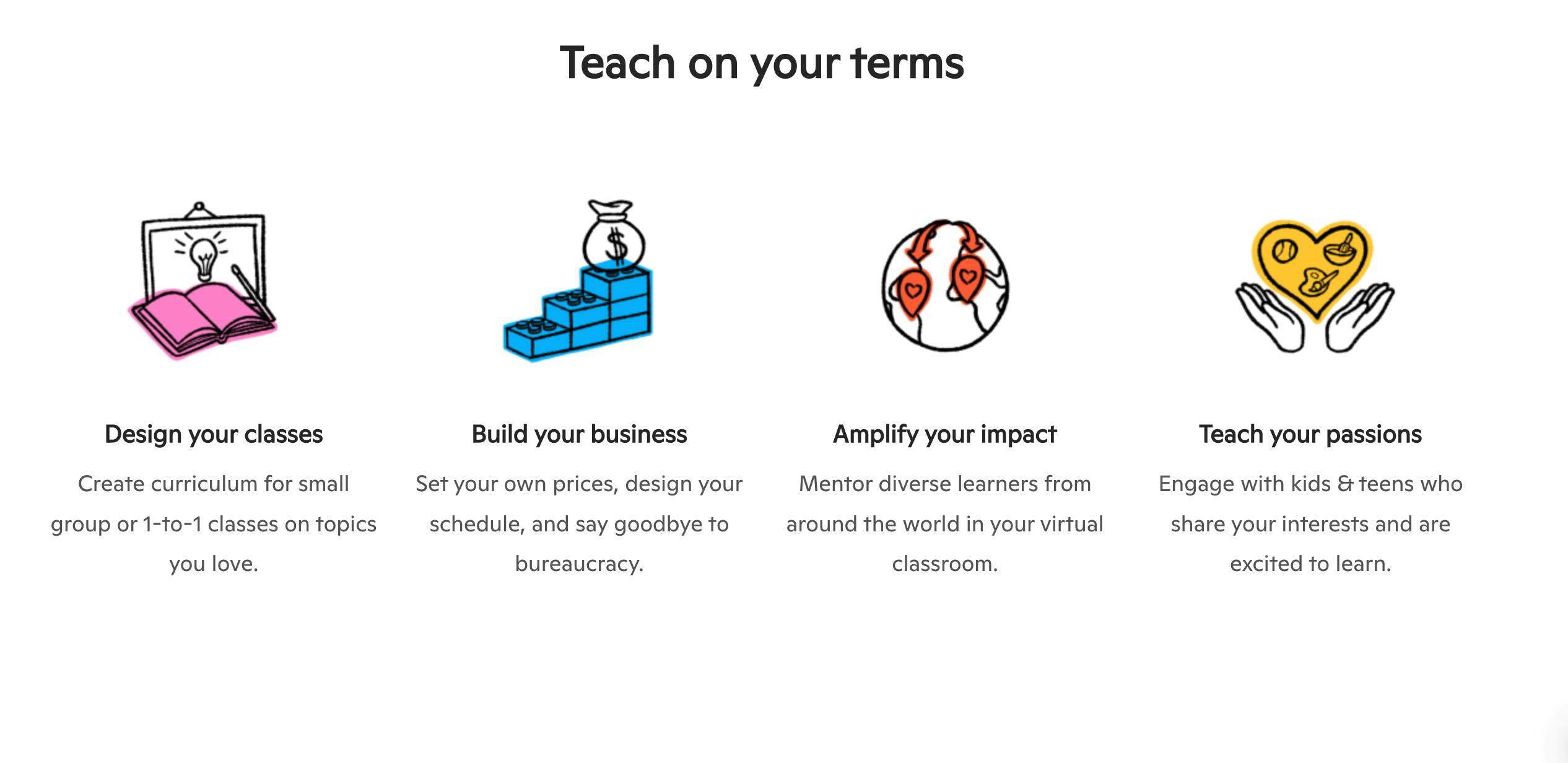
Source: Outschool
Organizations
Outschool also supports extracurricular student organizations like theater programs, camps, museums, and after-school programs that want to bring classes and programming to learners through live Zoom classes.
Market
Customer
Outschool’s ideal customer profile is parents and caregivers of K-12 students looking for a flexible and personalized approach to their children’s education. Outschool’s platform offers a wide variety of live online classes in various subjects that are taught by qualified instructors. Outschool focuses on parents seeking alternative education options for their kids, whether to supplement their education or provide an entirely different learning experience. It also serves teachers that want to stay independent and teach students through live, online courses. The company serves families from over 200 countries and territories using the platform.
Market Size
The global online K-12 education market is projected to reach $12.9 billion by 2028 from an estimated $8 billion in 2022, growing at a CAGR of 8.3% between 2023 and 2028. Within this, the EdTech market is growing at an annual rate of 16.3% and is expected to grow 2.5x from 2019 to 2025, reaching a total of $404 billion globally. There were over 130K schools in the US that serve K-12 students as of 2020. In 2021, 49.5 million students were enrolled in public schools.
Competition
Varsity Tutors: Founded in 2007, Varsity Tutors is a live learning platform connecting experts and learners—tens of thousands of tutors with expertise across over 3K subjects. In 2020, students had over 4.7 million hours of live instruction. It went public in 2021. Varsity Tutors primarily focuses on one-on-one tutoring and test preparation, while Outschool emphasizes group classes and project-based learning.
Khan Academy: Founded in 2006, Khan Academy is a non-profit organization that offers free online classes for K-12 students. Khan Academy provides learners access to practice exercises, instructional videos, and a personalized learning dashboard to help them improve their knowledge at their own pace in and out of the classroom. Its educational materials cover math, science, computing, history, art history, and economics as well as SAT, Praxis, and LSAT test prep. Khan Academy has raised $16.2 million. Khan Academy primarily offers free courses and resources and is asynchronous, while Outschool charges a fee for its classes. Over 135 million learners have used Khan Academy in 190 countries and 51 languages.
Skillshare: Founded in 2010, Skillshare is another online learning platform that offers video-based courses taught by industry professionals on various creative and practical skills, such as art, design, writing, and business. As of August 2020, it had over 12 million registered members and over 30K video-based classes. It has raised $136.8 million in funding. Skillshare offers pre-recorded video-based courses, whereas Outschool offers live, interactive group classes.
Juni Learning: Founded in 2017, June Learning is a digital education platform that offers engaging courses for kids taught online by live instructors. The curriculums are tailored to students in grades 6-12 and conform to Common Core standards to supplement the skills taught in schools. The programs are offered in 1:1 sessions and small cohorts of up to 4 students per class. It has raised $11 million in funding.
Business Model
Outschool does not charge any fees to sign up or use the platform. Rather, it operates on a marketplace model, earning money primarily by taking a percentage of transactions between teachers and parents. Outschool generates revenue by taking a 30% commission on every class booked through its platform. This means that teachers can set the prices for their classes and earn 70% of the given transaction, while Outschool takes the rest to facilitate this transaction. The cost of each class varies depending on the subject matter, teacher, and class duration. Some classes may be free, while others cost several hundred dollars.
Traction
As of April 2023, Outschool offers more than 140K online courses on its platform, serving more than 1 million learners in 195 countries worldwide since its launch in 2015. The number of learners on the platform increased by more than 20x from 2019 to 2020. The company has stated that it has paid out over $229 million to teachers on its platform since its inception. In 2021, Outschool announced over $100 million in bookings on its platform.
Valuation
In October 2021, Outschool raised a $110 million Series D round at a valuation of $3 billion, after having raised its previous two rounds in the prior 12-month period, bringing its total funding to $240.2 million. As of May 2023, the company has not raised any additional rounds of funding. The Series D was led by Tiger Global Management and Bond, with participation from Lightspeed Ventures, Union Square Ventures, Reach Capital, Coatue, FundersClub, and SV Angel.
Nerdy, the parent company of Outschool competitor Varsity Tutors, went public in a SPAC in September 2021 at a market cap of ~$2 billion with~$140 million of revenue. As of May 2023, Nerdy had a market cap of $523 million, representing a 3.2x revenue multiple on 2022 revenue of $163 million.
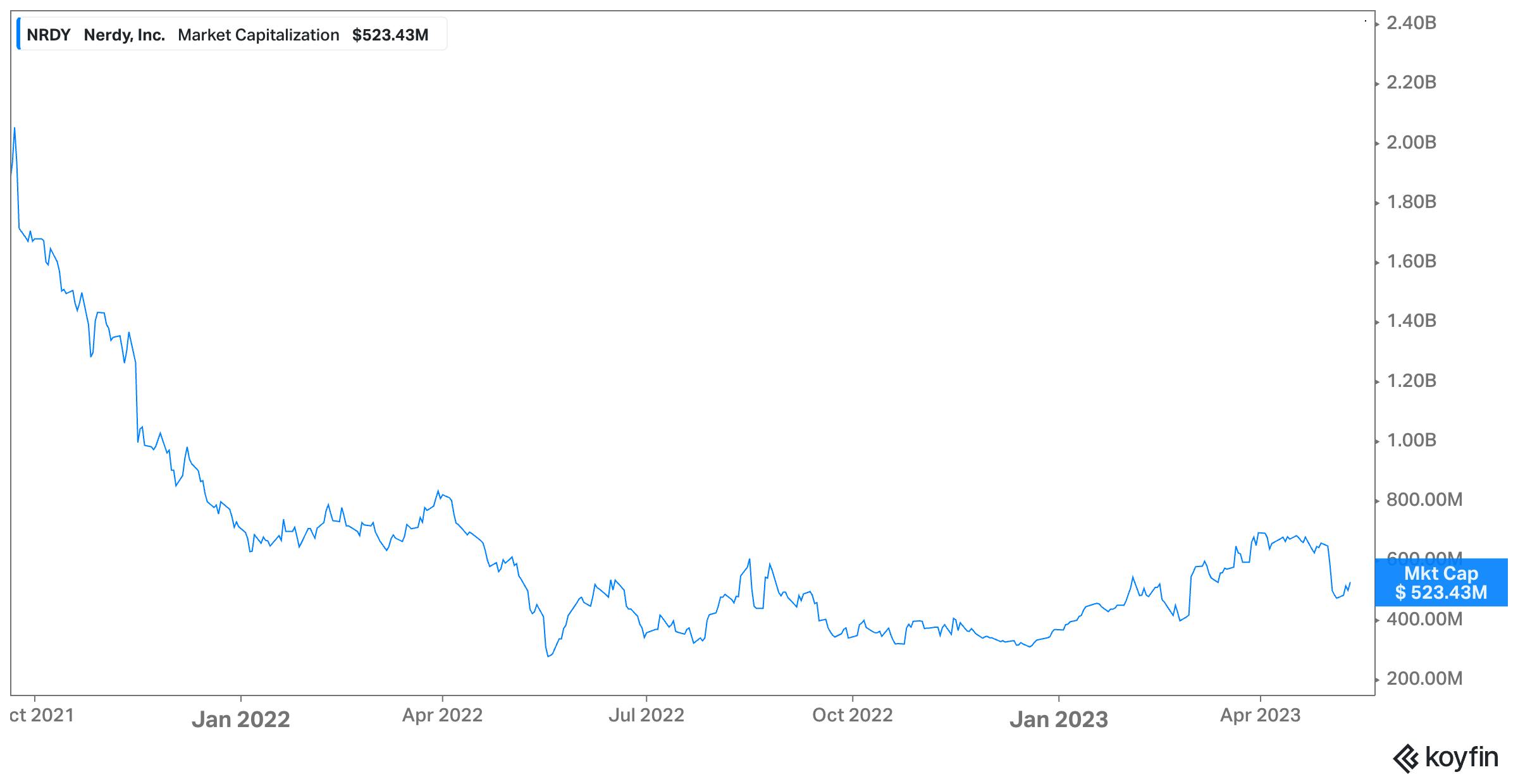
Source: Koyfin
Key Opportunities
Increasing Demand for Online Learning
The COVID-19 pandemic has accelerated the adoption of online learning and a trend that may continue in the post-pandemic era. The global online education market is expected to grow at a CAGR of 9.2% from 2020 to 2025. The potentially increasing popularity of self-paced learning and demand for personalized learning could support Outschool’s growth going forward.
Increasing Demand for Specialized Education
Students and parents may start seeking niche and specialized education options as the market becomes more crowded. Outschool’s platform offers a wide range of classes on niche topics, from American Sign Language to beekeeping to Minecraft engineering. Additionally, the platform allows teachers to create and offer classes on any subject, so the number of possible teaching topics is expanding. This widening inventory provides a level of optionality to Outschool customers that is hard to find elsewhere in the market and could become a source of advantage going forward if Outschool is able to continue to expand its specialized offerings.
Supplementary Income for Educators
Outschool allows teachers to use their knowledge and expertise to earn additional income. This is particularly beneficial for teachers who cannot take additional work outside their regular teaching jobs due to time constraints or other factors. It creates a flexible and convenient way for teachers to both earn extra cashflow and to claim greater autonomy over what they teach.
Key Risks
Regulatory Risks
As an online education platform, Outschool operates in a highly regulated sector. As it expands into new markets, it may encounter additional regulatory hurdles. Compliance with regulations can be time-consuming and costly and may impact the company’s ability to expand its services.
Dependence on Key Suppliers
Outschool relies on third-party vendors and contractors to provide its services, including Zoom software for video conferencing. Any disruptions or issues with these suppliers could negatively impact the company’s ability to deliver high-quality education, potentially losing customers and revenue. Ensuring that its classes meet high standards is key to aligning with the expectations of parents and students and retaining its customer base.
Reliance on Key Personnel
The quality of Outschool’s services largely depends on the expertise and skills of the instructors they hire as independent contractors to teach on the platform. There’s a risk involved when relying on many part-time contractors who may leave the platform for various reasons. If Outschool cannot maintain a strong pool of skilled and experienced instructors, it could result in a decline in the quality of services, which could negatively impact customer satisfaction and retention, leading to a negative spiral.
Summary
Outschool’s opportunity lies in its focus on live, interactive, specialized classes which differentiate it from other online learning platforms. The company has built a strong user base of teachers and parents. It offers various classes, from academic subjects to hobbies and niche interests, allowing children to explore their passions. Open questions remain around Outschool’s ability to scale its business model and maintain quality control as it grows. The company also faces competition from other online learning platforms and traditional in-person education options. However, it can continue to capitalize on core demographics including homeschooling families, parents looking for additional academic enrichment opportunities for their children, and those who favor online education options instead of in-person.
